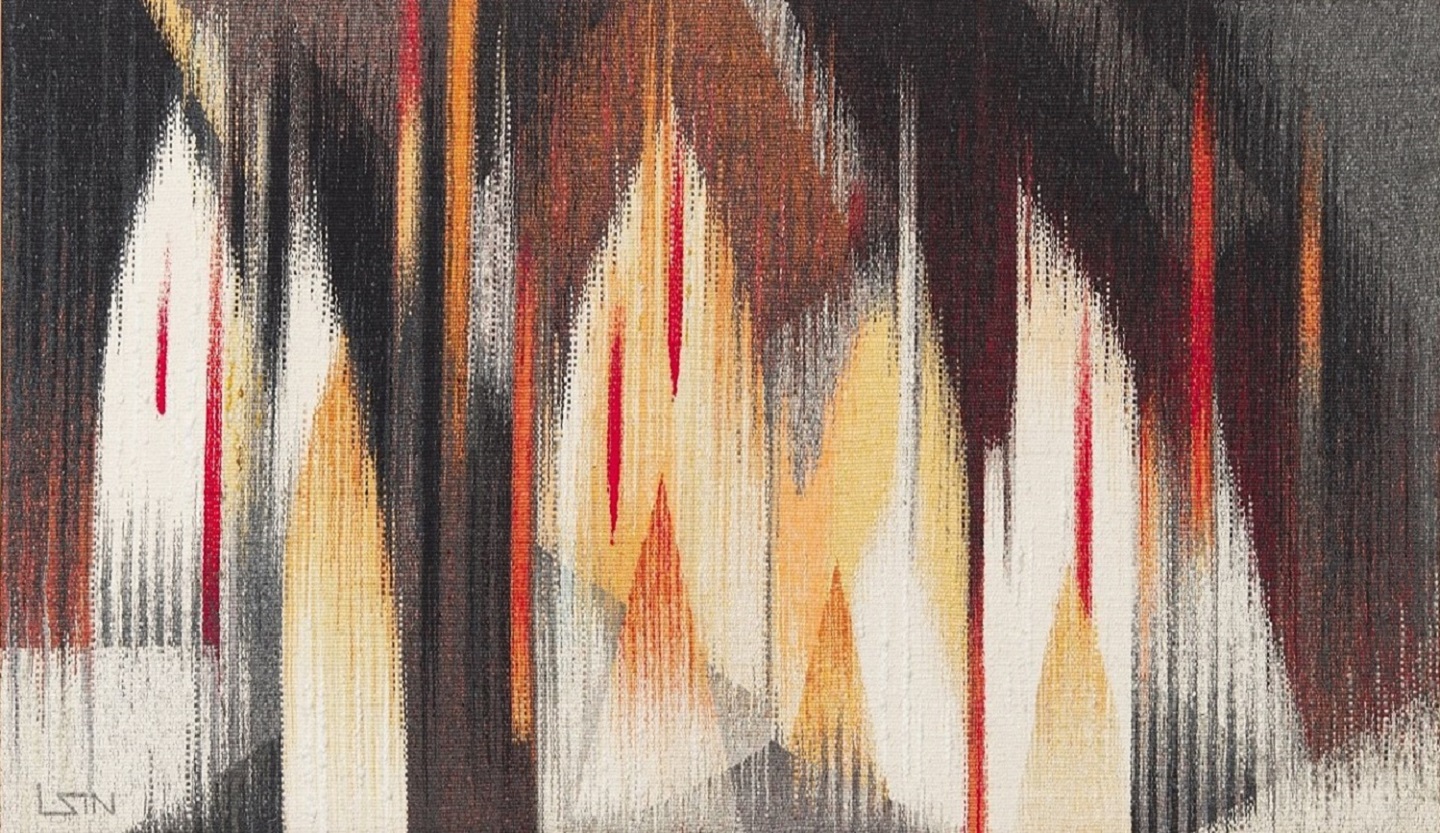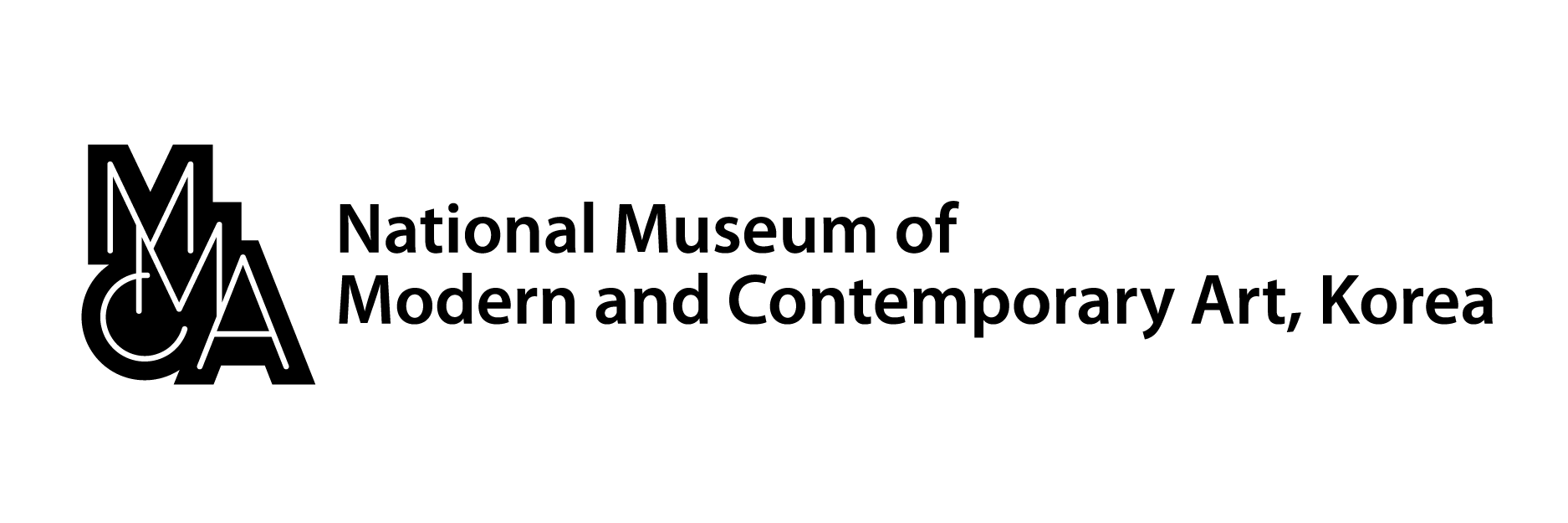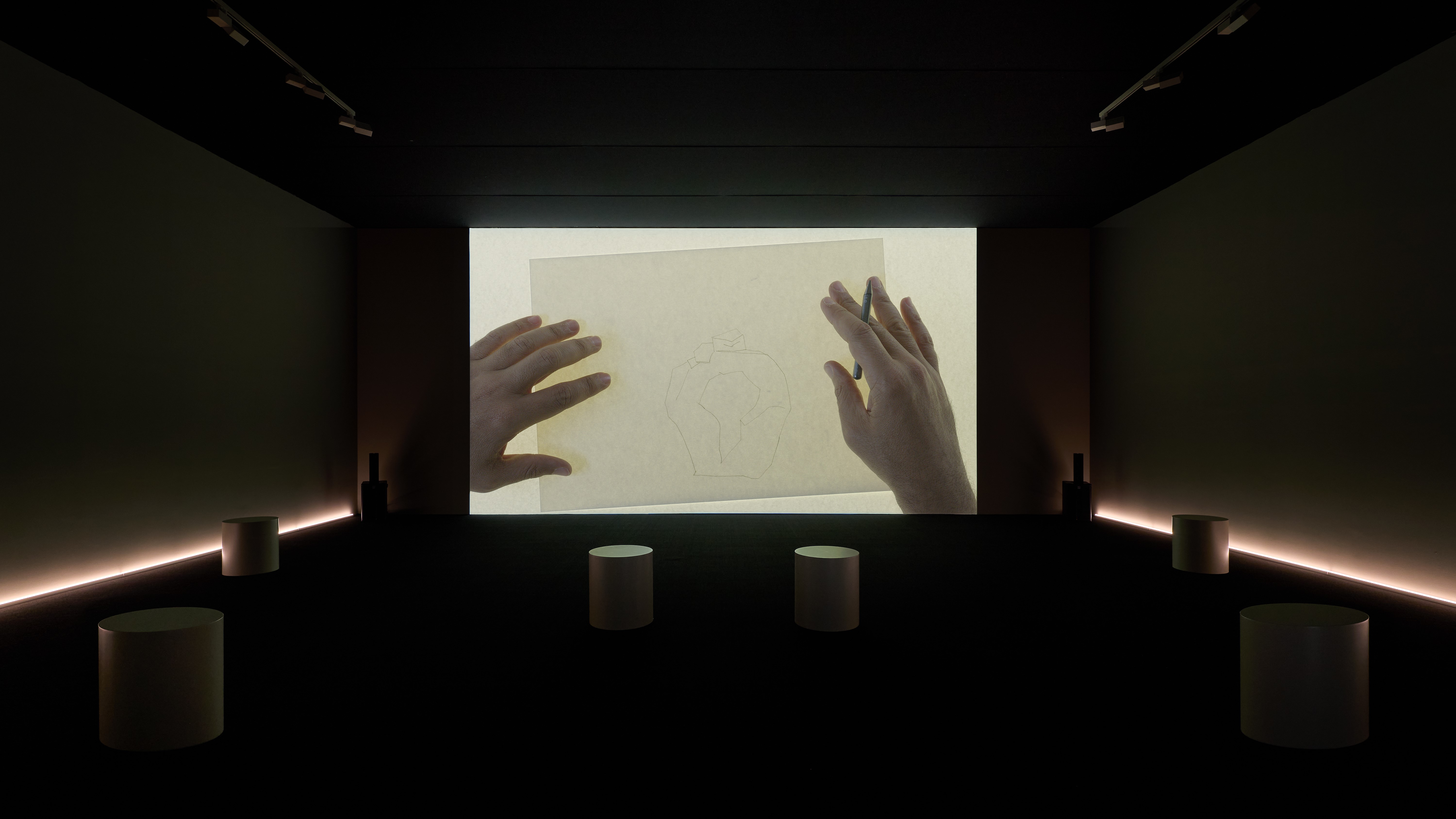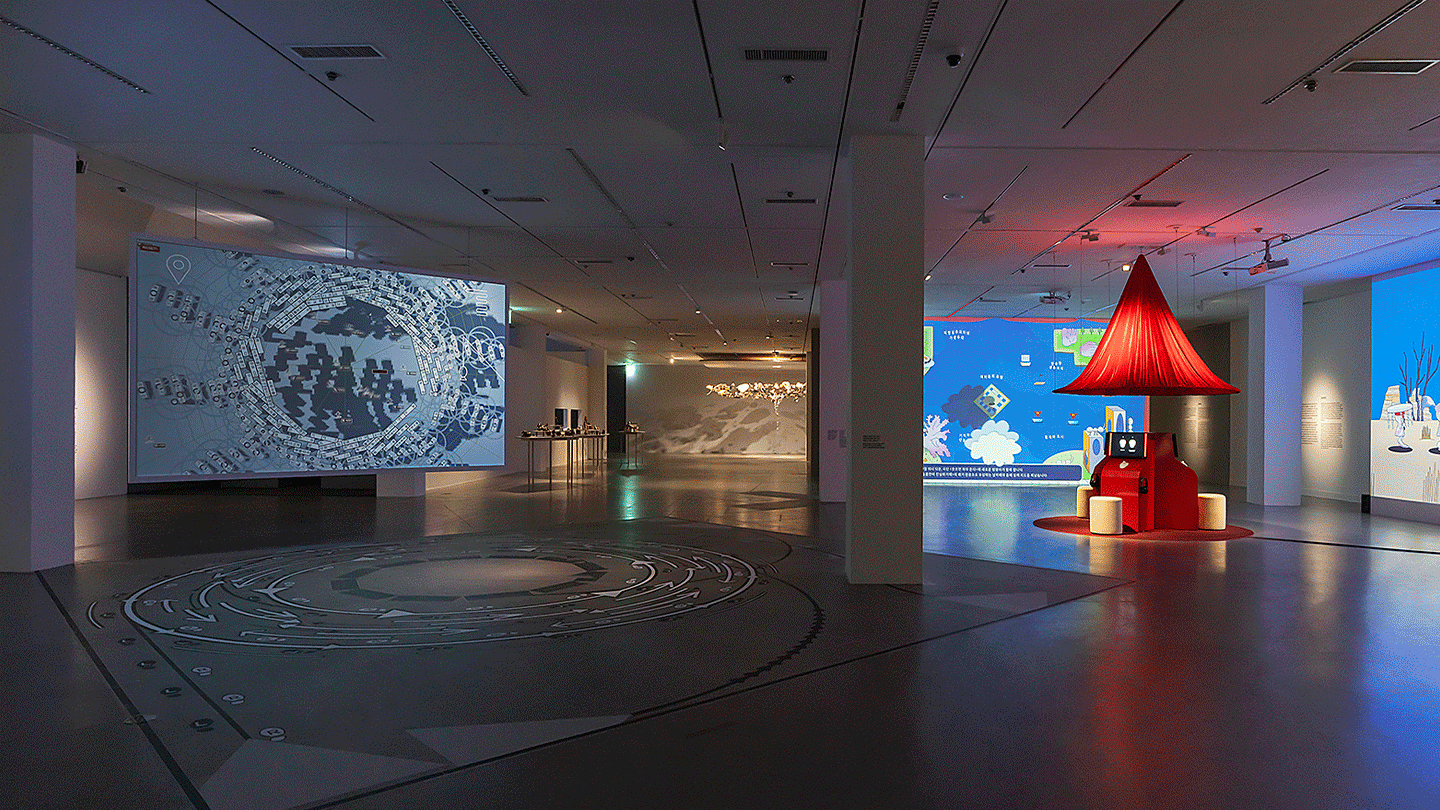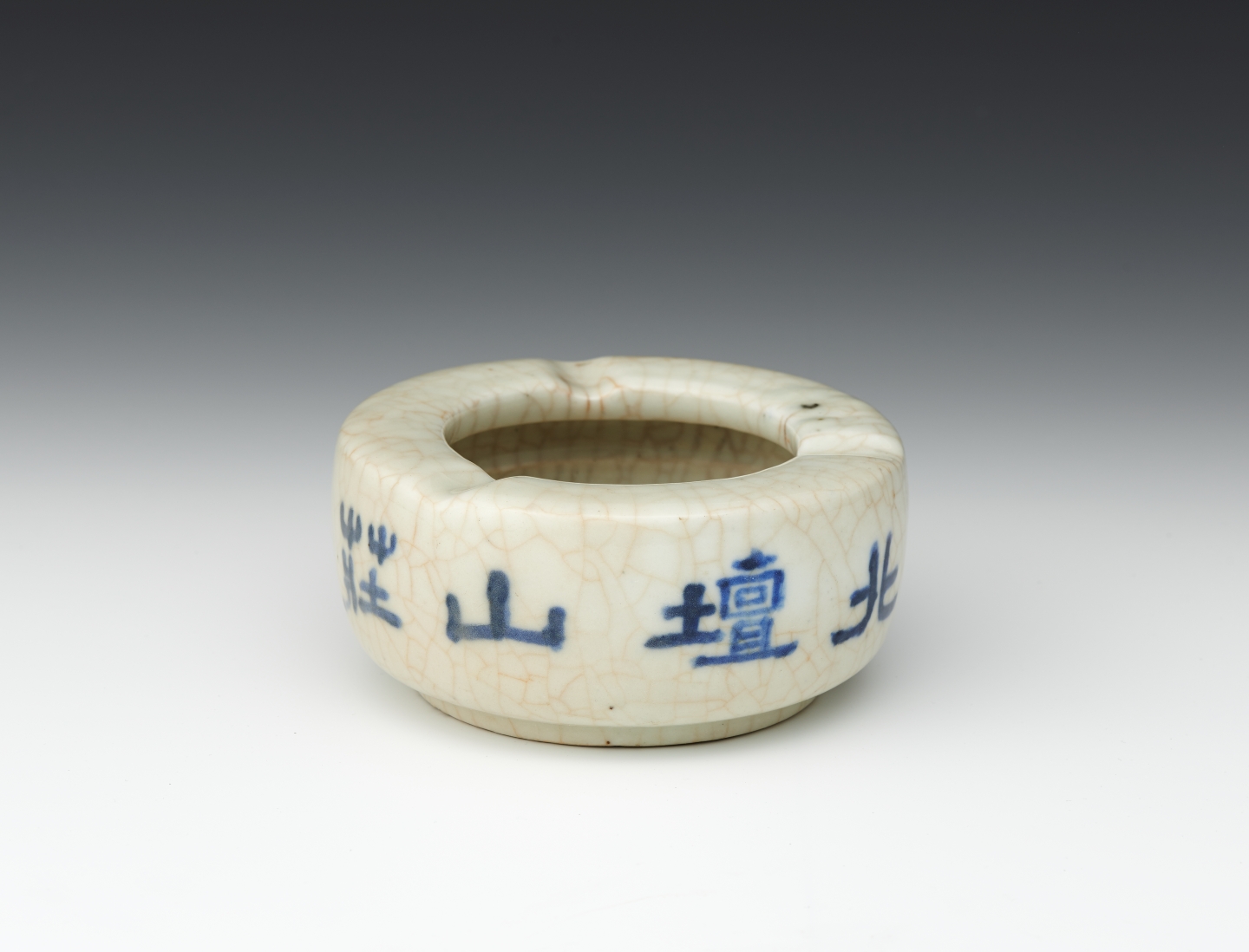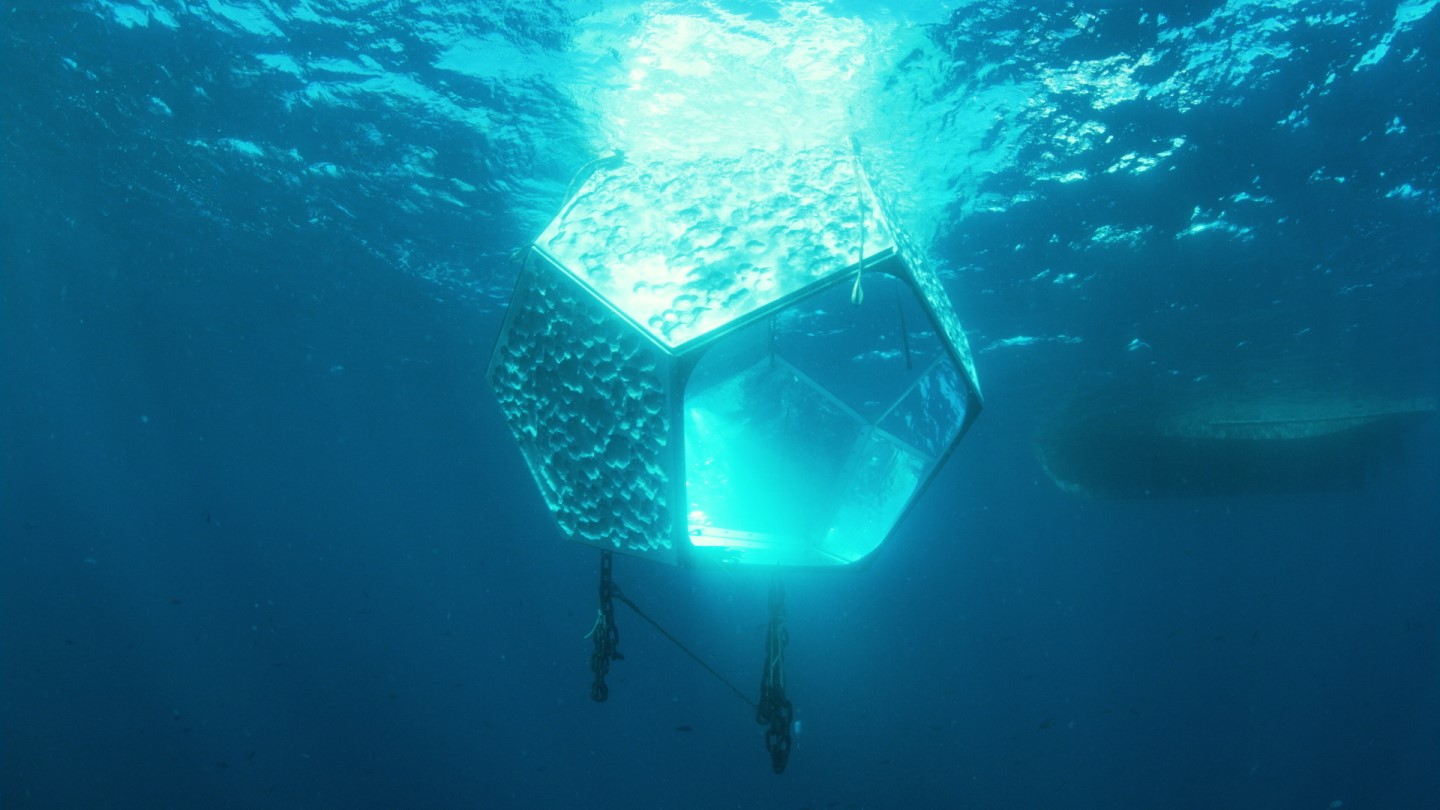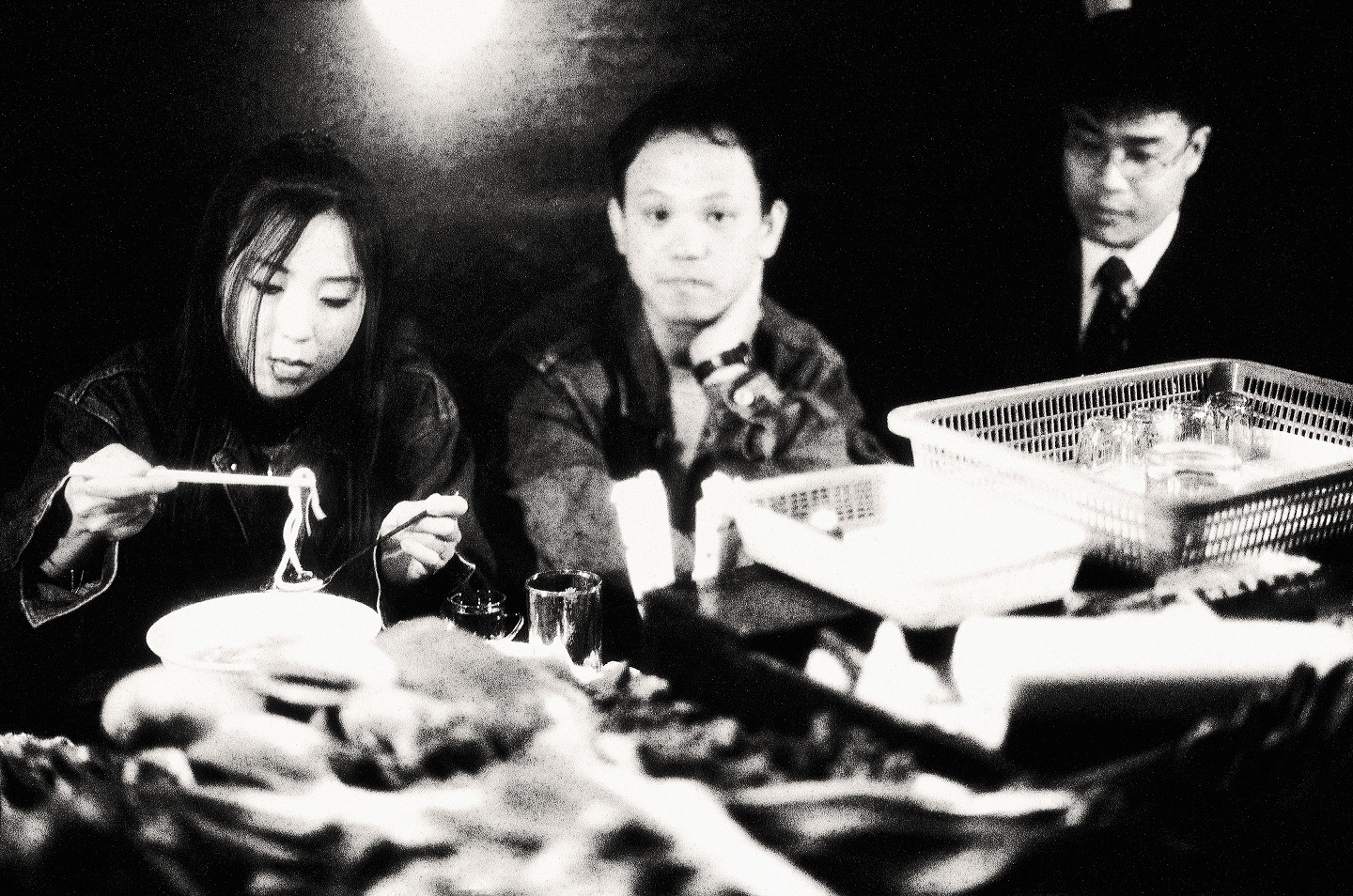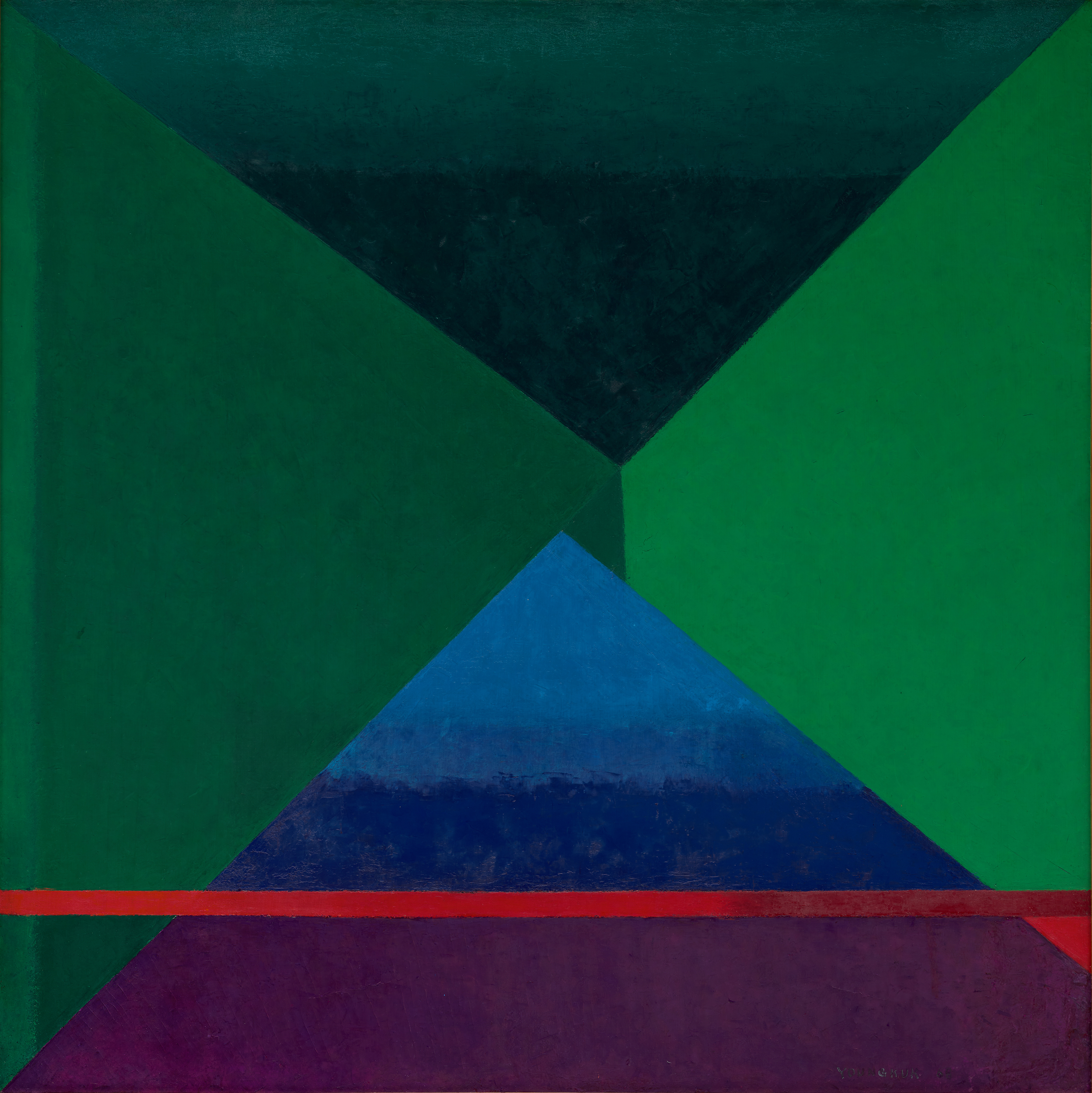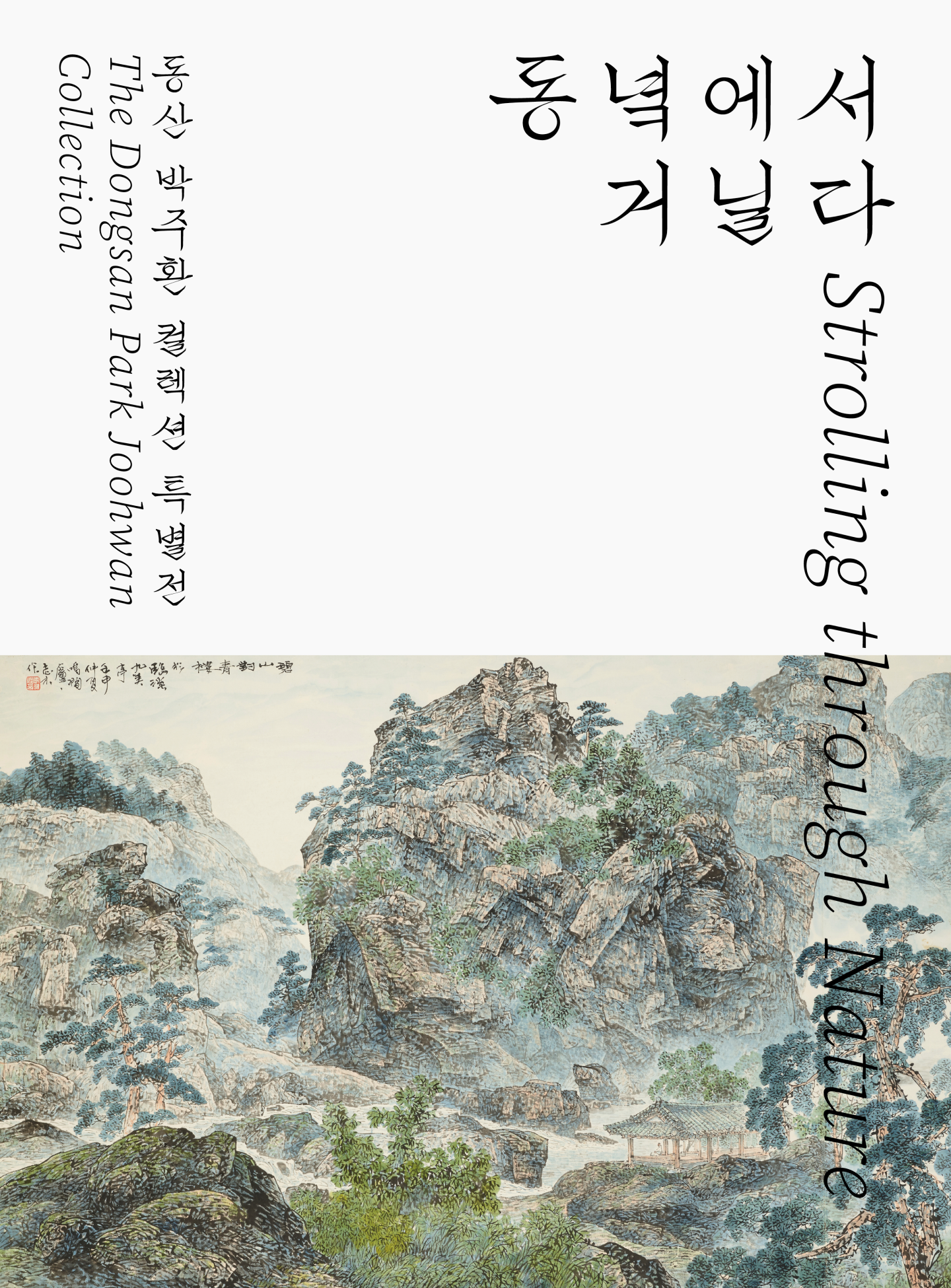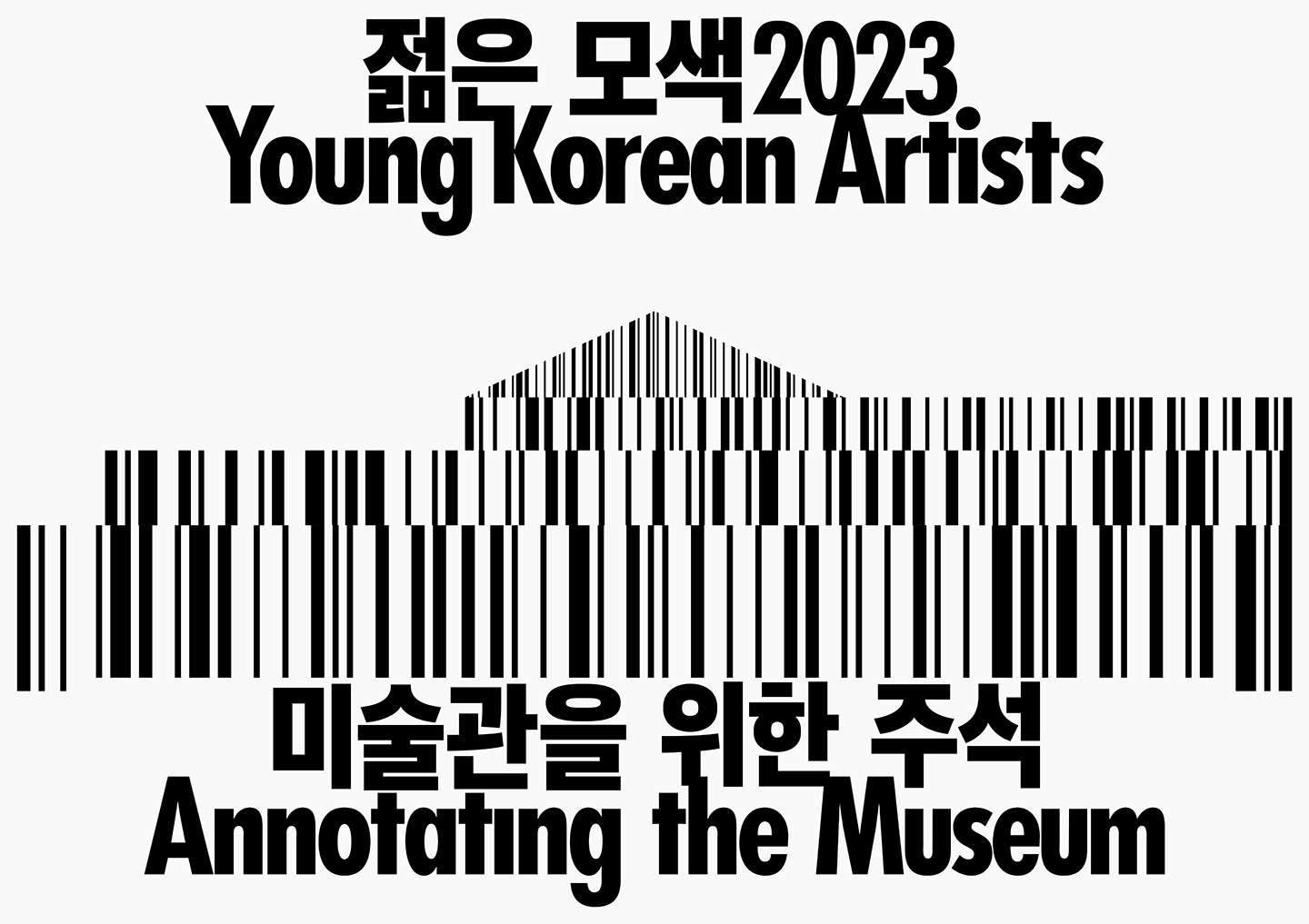Threadscapes
September 22, 2023–February 18, 2024
313 Gwangmyeong-ro, Gwacheon-si
13829 Gyeonggi-do
Republic of Korea
Hours: Tuesday–Sunday 10am–6pm
T +82 2 2188 6000
"My work involves drawing with thread. Handling threads and fabrics has been a familiar task since my childhood. In the 1950s, I ventured beyond the conventional framework using threads and needles, and from the 1960s onwards, I passionately engaged in dyeing and weaving, seeking to affirm my existence. However, people usually tend to perceive sewing as a mundane chore for women." [1]
Lee ShinJa (b. 1930) is a first-generation fiber artist representing Korean modern craft from the 1950s to the 2000s, as well as an educator who passionately dedicated herself to fostering the younger generation. Even before the introduction of fiber art as a new concept in Korea, Lee pursued formative experimentations using ordinary materials with utilitarian purposes commonly found in everyday life, expanding the scope and depth of fiber art as the “art of thread.”
Lee strove to break through the limits of fiber art and collapse the boundaries imposed upon by the society, which has for a long time defined the work with thread and fabric a household chore and share for women. She introduced “tapestry” in Korea and continuously questioned and examined the university curriculum, aborting the traditional education system where skill is passed down by artisans and creating post-secondary education processes centering on creativity and senses. As an artist, an educator, and a woman, the course of Lee’s life is the very blueprint and footprint of the history of Korean fiber art.
The exhibition Lee ShinJa: Threadscapes chronologically divides the process of the artist’s art practice. The characteristics of the Korean fiber art community of each period were organized in line with the artist’s main method of expression. Lastly, the end of the exhibition space presents the artist’s archive materials like sketches and drawings, as well as photographs of her involvements in the art world in Korea and abroad, in the hopes to bring the public closer to the artist’s life and oeuvre.
Lee’s tapestries are a condensation of the artist herself, with her unique sensibility added to the sense of warmth, sensitivity and comfort intrinsic to fibers. Lee’s works offer the pleasure of not only viewing her works, but also of tracing the process of exploring the texture and properties of fibers. This is a great factor that changes the appearance of the work, and at the same time, becomes the background on which narratives of life stay, cross, and flow. Throughout her life, Lee did not hesitate to put her hands to labor, to “braid, weave and wind” her inner memories and landscapes. The viewer of Lee’s work can feel the artist’s insights that deeply resonate with nature, and her profound observation of life.
Over the past 60 or so years, Lee lived an era in harmony with the changing environment, sometimes amidst social problems. Throughout this time, a series of works have laid the cornerstone for the identity of Korean craft, opened up new possibilities for fiber art, and documented important points of connections of art and their meanings. The artist’s steady art practice, which has become her own life itself, reconstructed the formative values of fibers into modern craft, and allowed for them to be seen through a new perspective. The artist’s attitude towards art practice reflects the paragon of Korean craft world that is hard to find today. I hope this exhibition not only sheds light on Lee’s magnificent world of works, but also be able to illuminate the beautiful and inspiring artist who has constantly explored the true life itself.
[1] Lee ShinJa, “Artist’s Text,” in Lee ShinJa, Yoo Jeong-mi (Seoul: Bobingsa, 2003), p. 231.
